Description
1. introduction
abb dcs is a distributed control system designed and developed by Swiss Asea Brown Boveri Company (abbreviated as abb company). It has a wide range of applications and can be used in discrete manufacturing industries
, such as machine tools, automobiles, aircraft manufacturing and other industries, as well as in large and medium-sized enterprises. Small-scale continuous production process industries, such as petroleum, chemical industry, thermal power units, steelmaking,
building materials and other industries. abb dcs system adopts international standards from hardware
design to software design and communication. The software programming language ampl (asea mas ter pi ece language) of abb dcs is a programming mode of the control system. This article introduces the architecture of abb dcs and its fieldbus network.
2 abb dcs distributed industrial control computer system architecture
abb dcs distributed control system uses advanced microprocessors (33mhz motorola 68020 and 33mhz intel 80386, 80486 chips), crt graphic display technology, high-speed safety communication technology and modern control theory to
form an on-site control station (mp200, ac410 , ac450 series and local and remote i/o series), operator station (as500 series), engineer station (master ai d series), information management system station (advant station series ), computer
and network interface station (master gate series), computer network (master bus series) and other computer communication equipment, it is a large-scale intelligent network with dispersed physical locations, dispersed system functions
, dispersed control functions, and centralized operation display management for process control and process decision-making management.
The communication network structure of abb dcs is divided into three layers:
3 Information Management Network Layer
It can be connected to 9 control networks. The network is composed of type mb300 bus, and the bus transmission rate reaches 10mbps.
4 Control network layer
The control network layer consists of 9 buses of type mb300. A control network may include 99 stations (including stations in local control networks). Each mp200/1 or ac450 station in the control network can be connected to a local control network.
A local control network can include 9 buses of type mb300. mb300 is a high-performance, serial, synchronous, half-duplex high-speed bus with large data volume. It adopts ieee 802.2 logical link control (llc) protocol and ieee 802.3 carrier frame listening
multiple access with conflict detection (csma/cd) media access control (mac) protocol. It is an ethernet type LAN and the bus
can carry loads . 45 nodes. When no repeater is used, the maximum communication node distance is 500m; when using 3 coaxial segments, 4 repeaters and 2 point-to-point links, the maximum communication node distance is 2500m, and the bus transmission rate is 10mbps.
mb300 realizes the connection to the host computer and communication with PLC systems such as MP200 through each node . It generally follows the 543 rule, that is, it is composed of 5 sections and 4 repeaters (repeater) connections, 3 of which can be
connected to equipment. It must be noted that only the marked prescription of the cable can be connected through the transceiver ( tranceiver ) Equipment, different equipment connections use different connection cables, such as tk526 cable to the pu510 operating station,
and tk576 cable to the control station. The tranceiver can only be installed at the 2.5-meter mark on the main cable section. The spacing between the tranceivers on the coaxial cable section between the two line joints should be an integer multiple of 25 meters. The connection method is as shown in the figure.
t1 and t2 are terminal resistors . As long as one end is grounded, the terminal resistance is 50 ohms. The mb300 bus is a coaxial cable. It is divided into thick cable, thin cable and optical cable. Their functions are different. When laying the coaxial cable, you need to
pay attention to it. Isolation from other signal cables, such as 30cm away from signal cables, 50cm away from 380v low-voltage cables, and 5m away from high-voltage cables. The mb300 bus uses the cs513 interface card. The three dial switches s1, s2, and s3 are
used to set the network number, node number, and protocol number respectively. The low four bits of s1 are used to set the master/slave station selection.
The high four bits are used to set the protocol number, s2 is used to set the node number, and s3 is used to set the network number. When it is necessary to modify or find out the cause of the fault through fault information, you can enter the engineering station to
modify the data or know the fault location of the mb300 bus through the fault code. Understand the communication factors that affect mb300 and analyze these factors one by one.
Excitation system ABB module CI860K01
Excitation system ABB module CI860K01
Excitation system ABB module CI860
Excitation system ABB module CI858K01 3BSE018135R1
Excitation system ABB module CI858K01 3BSE018135R1
Excitation system ABB module CI858K01
Excitation system ABB module CI858K01
Excitation system ABB module CI858K01
Excitation system ABB module CI858-1
Excitation system ABB module CI858 3BSE018136R1
Excitation system ABB module CI858
Excitation system ABB module CI857K01 3BSE018144R1
Excitation system ABB module CI857K01
Excitation system ABB module CI857K01
Excitation system ABB module CI857K01
Excitation system ABB module CI856K01 3BSE026055R1
Excitation system ABB module CI856K01
Excitation system ABB module CI856K01
Excitation system ABB module CI856K01
Excitation system ABB module CI855K01 3BSE018106R1
Excitation system ABB module CI855K01
Excitation system ABB module CI855K01
Excitation system ABB module CI855K01
Excitation system ABB module CI855-1
Excitation system ABB module CI855 CI855K01
Excitation system ABB module CI855
Excitation system ABB module CI854K01 3BSE025961R1
Excitation system ABB module CI854K01
Excitation system ABB module CI854K01
Excitation system ABB module CI854BK01
Excitation system ABB module CI854BK01
Excitation system ABB module CI854AK01 3BSE030220R1
Excitation system ABB module CI854AK01
Excitation system ABB module CI854AK01
Excitation system ABB module CI854AK01
Excitation system ABB module CI854AK01
Excitation system ABB module CI854A-eA 3BSE030221R2
Excitation system ABB module CI854A/3BSE030221R1
Excitation system ABB module CI854A 3BSE030221R1
Excitation system ABB module CI854A 3BSE030221R1
Excitation system ABB module CI854A 3BSE030220R1
Excitation system ABB module CI854A
Excitation system ABB module CI854A
Excitation system ABB module CI854A
Excitation system ABB module CI854 3BSE025349R1
Excitation system ABB module CI854 3BSE025347R1
Excitation system ABB module CI854
Excitation system ABB module CI854
Excitation system ABB module CI853K01
Excitation system ABB module CI853K01
Excitation system ABB module CI853K01
Excitation system ABB module CI853K01
Excitation system ABB module CI853
Excitation system ABB module CI851K01 3BSE018101R1
Excitation system ABB module CI851K01
Excitation system ABB module CI851
Excitation system ABB module CI840kit 3BSE031694R4000
Excitation system ABB module CI840A 3BSE041882R1
Excitation system ABB module CI840A
Excitation system ABB module CI840A
Excitation system ABB module CI840A
Excitation system ABB module CI840A
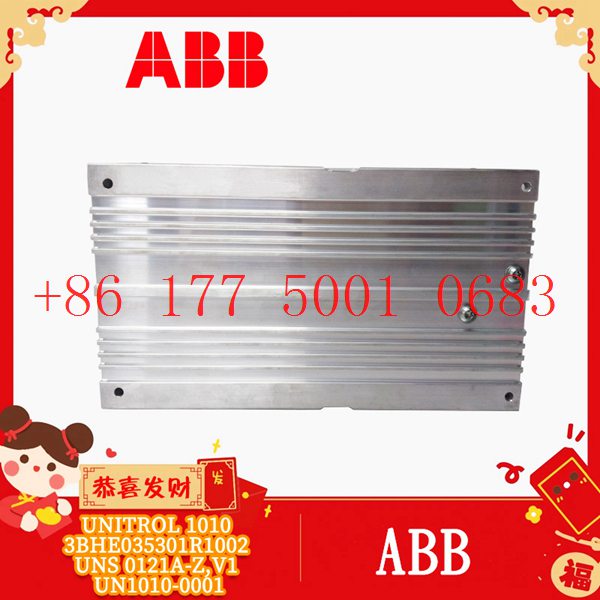
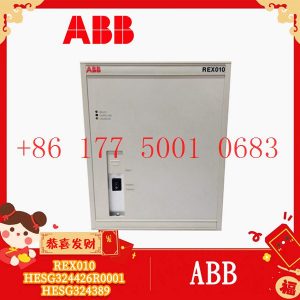
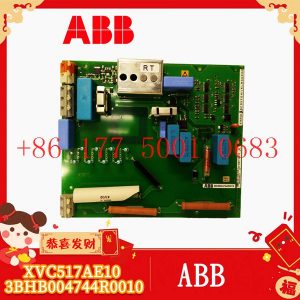
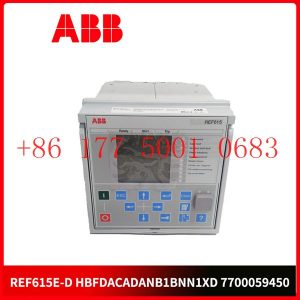
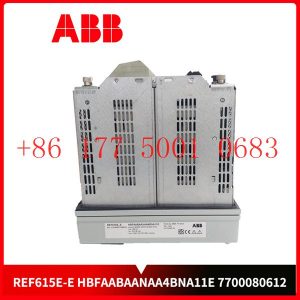




Reviews
There are no reviews yet.